Collector, racer, photographer, event organizer—Bill Warner does it all
Since I was 3 years old, I’ve loved cars. We lived about two blocks from Automobile Row here in Jacksonville, and I used to pedal my bike over to the dealers all the time and bug them to death. I still remember in ’53 when the prototype Corvette came to town and was on display. My dad wasn’t into racing—no one in my family was into cars—but he took me downtown, and for three hours, I sat there staring at one of the first Corvettes.
For years, I owned a filter company, and we sold industrial filtration equipment for ultra-pure water, nuclear fuel, stuff like that. That’s how I paid the bills. Outside of work, in 1967, I started contributing to Sports Car Graphic. Then, in ’71, Road & Track was looking for somebody and I got on with them doing photography. I’ve been shooting cars and racing ever since.
That’s the year I got my first “real” car, too, a 1971 Porsche 911. Bought it new for $7900 and I still own it. I’ve painted it twice and bumped the motor to a 2.7 Carrera, and I can’t ever imagine selling it. These days, I’ve got 15 cars in my collection. I’d say my tastes are eclectic, from a 1928 Simplex Piston Ring Special that raced on the beach at Daytona to a 1971 Ferrari Daytona. There’s also a 2005 Ford GT, a C8 Corvette, a ’57 Eldorado Biarritz convertible, a ’58 Eldorado Brougham, a ’63 Buick Riviera, a ’32 highboy roadster, and a Triumph TR8 race car.
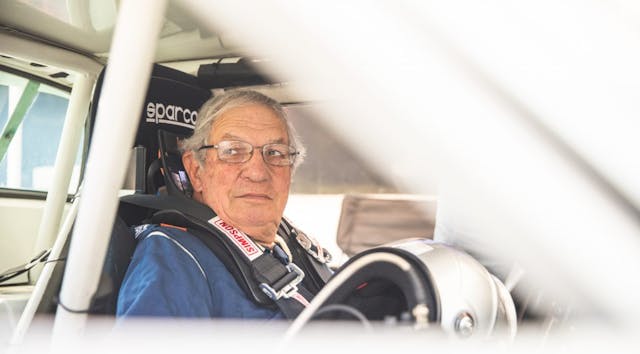
I’ve always loved motorsport. I started working for a race team when I was 16, schlepping tires and coffee and all that sort of stuff. In 1977, I went to racing school and have been racing ever since. It was sort of a natural progression of my interest in cars. I was never into sports because I was a klutz, but racing came to me naturally. It was like stealing cookies from a cookie jar, and I really enjoyed it. There’s just something about strapping yourself in the car and then throwing the switches and pushing the button and feeling the visceral nature of it. No sound deadening, just you in this metal capsule that’s making a lot of noise.
My first race car was a Brabham BT8, which was a Denny Hulme Tourist Trophy winner that I pulled out of a South Carolina junkyard in about 1978. Since then, I’ve had a Shelby Cooper Monaco, a Lotus Eleven, an Elva Mk. 4. I’ve got a Pontiac 1LE Trans Am from the Firehawk series and one of the original Banjo Matthews IROC Camaros. I also ran the ex–Bob Sharp Datsun B210, which I destroyed at Sebring on January 14, 1984, at 2:15 p.m. Only wreck I’ve ever had, and it laid me up for about eight days in intensive care and then three months at home. Broken sternum, bruised heart—not something I’d want to repeat.

This TR8 of mine, I bought it from the estate of the late John Kelly, who raced it in period at Daytona and Sebring for Bob Tullius’s Group 44 team. I already had the ex–Paul Newman Group 44 TR6 and decided if the opportunity came up, I would buy the TR8. John had told me it was his favorite car because it was small and quick and did everything a race car should do.
It’s got a Buick-Olds-Pontiac 4-liter V-8 that was built for the Trans-Am series. But it was so quick in Trans-Am that the SCCA added hundreds of pounds of weight to it, which made Mr. Tullius very angry. So he decided he was going to go from SCCA to IMSA, and along with the sister car, they held their own against the Porsches and Corvettes.
I race it all over the country in the Historic Sportscar Racing series—Monterey twice, Lime Rock, Road America, Road Atlanta, Sebring, Daytona, the usual places. Lime Rock is probably my favorite track, because it requires a lot of discipline and it has a real rhythm to it. I’m not particularly wild about Sebring, though, because, well, that’s where I crashed.
Tommy Riggins at Riggins Engineering here in town and a friend of mine named Steve Boyle—who used to build engines for Indy cars—they do most of the work to keep it race-ready. And it still holds its own, too, against big-block Corvettes and Cobras and such.
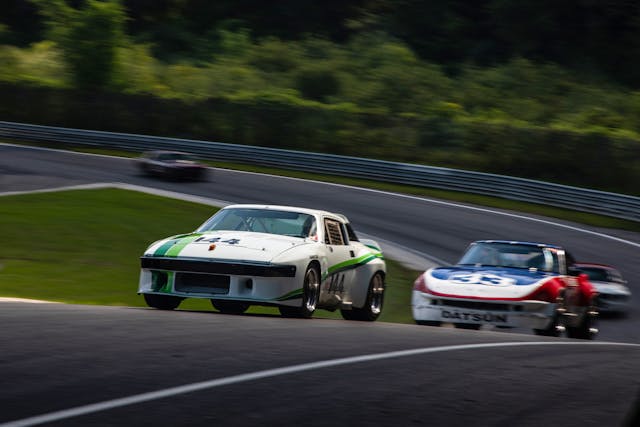
But vintage racing has changed. The old vintage formula isn’t there anymore, which is rather disappointing, because the licensing for drivers nowadays is lax and the cars are even more lax. It takes the fun out of it when you have real vintage cars running with drivers who’ve come out of other series, who are qualified and good. Then you’ve got guys who got their license off a cereal box and they go racing in a Camaro with 700 horsepower. That’s not vintage racing. But often the sanctioning bodies will take those cars because they need the entry fees. It’s all a bit disenchanting, to be honest.
Thankfully, I’ve always had other pursuits to keep me plenty busy. The Amelia Island Concours, for instance, which I created in 1996 and ran for 26 years. And I’ve just released a book, The Other Side of the Fence. It covers six decades of my motorsport photography, back to those Sports Car Graphic days. The name came from my late sister, who told me when I got a camera that it would get me on the other side of the fence. Sales will help raise funds for Spina Bifida of Jacksonville, which is a non-profit close to my heart. The book might be an ego thing, I don’t know. But more important, it’s a kind of record of all I did and saw from that unique position.

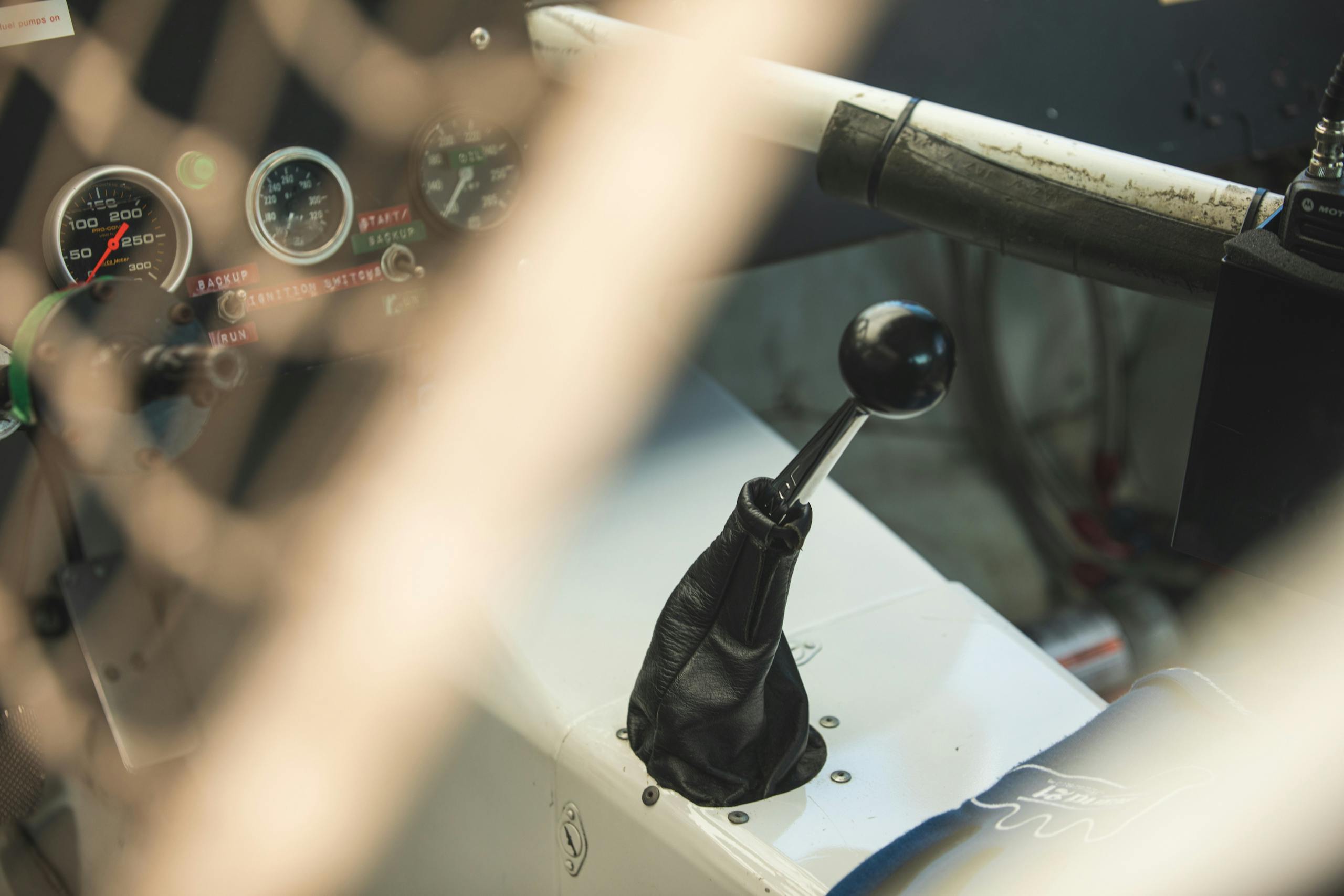
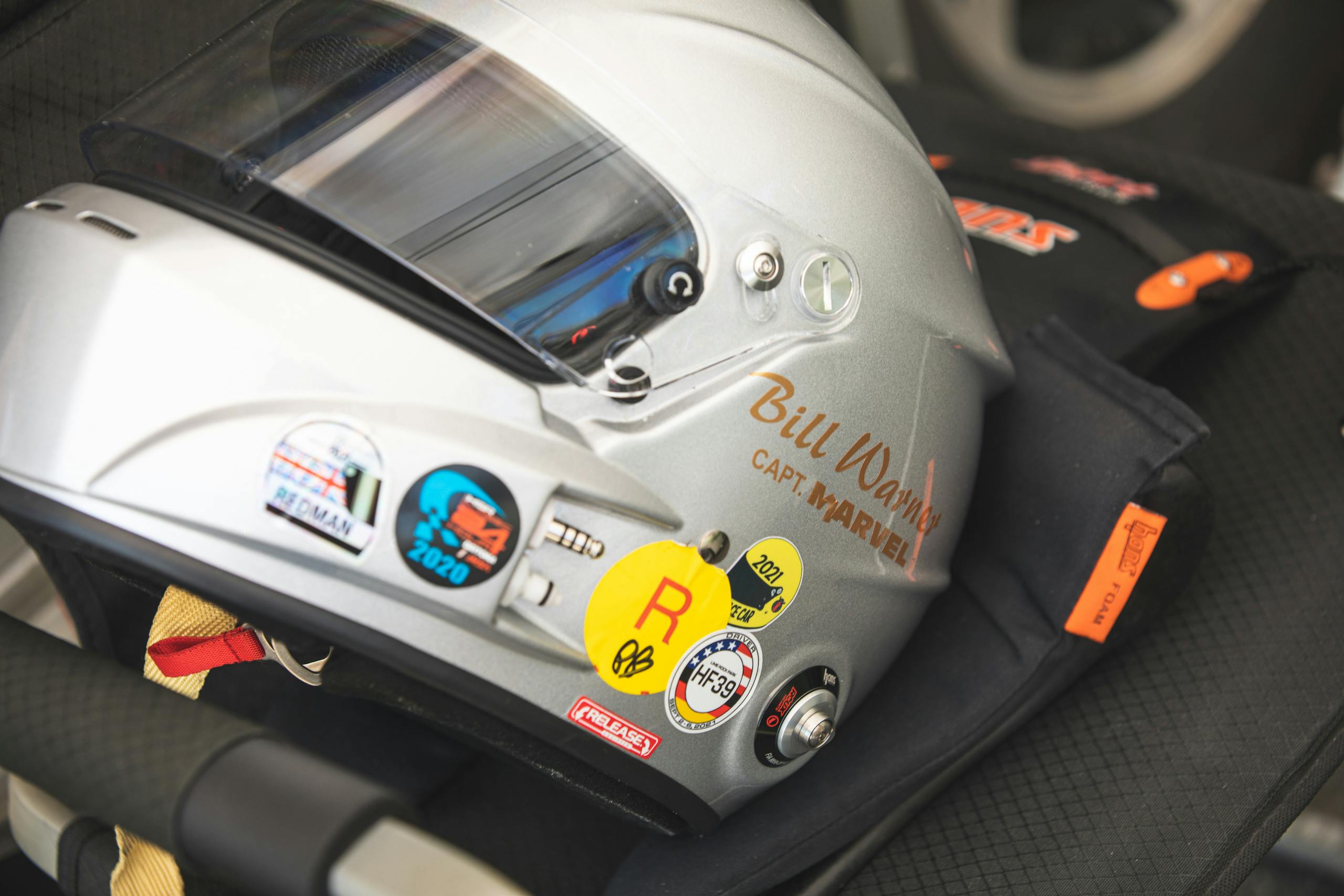
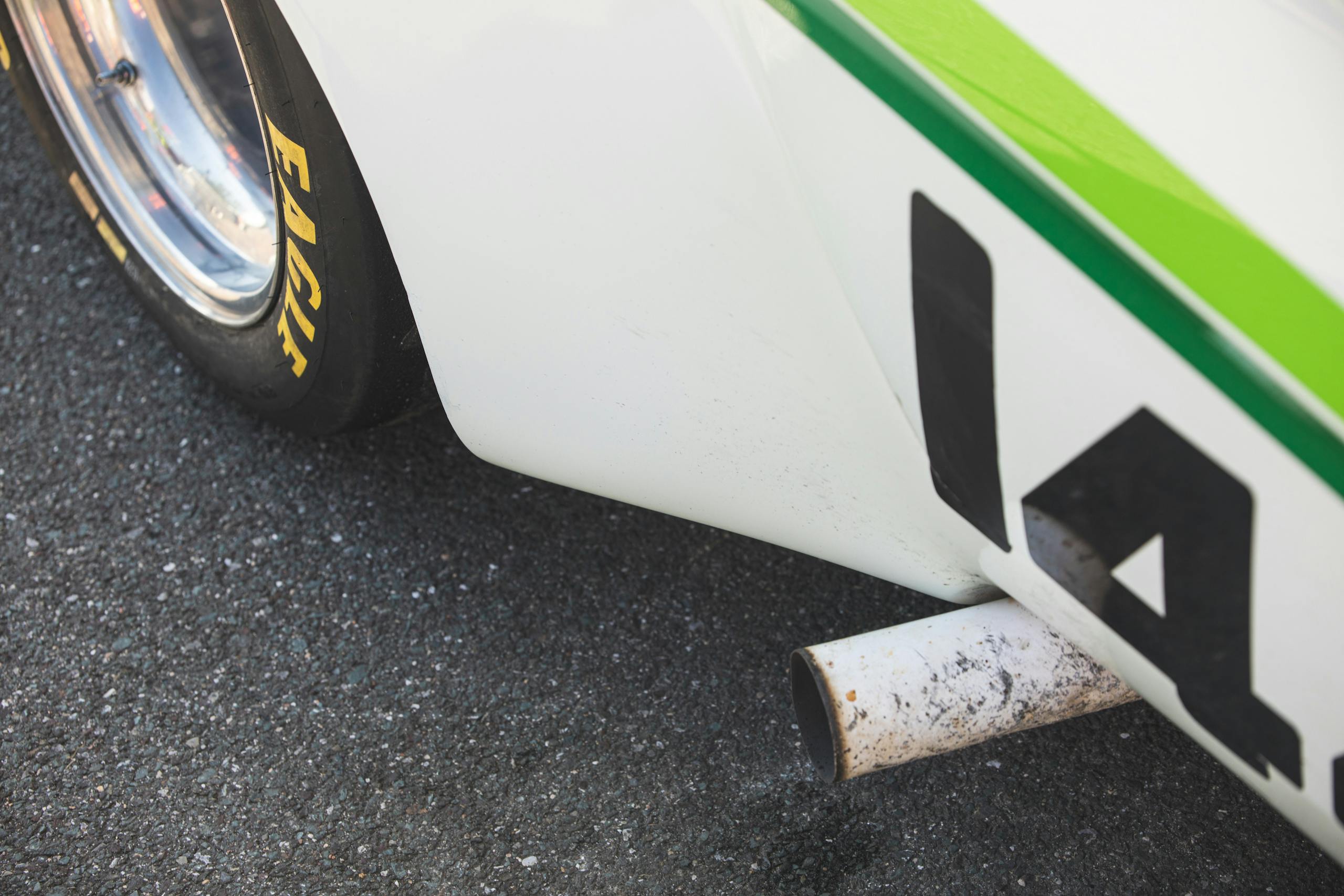

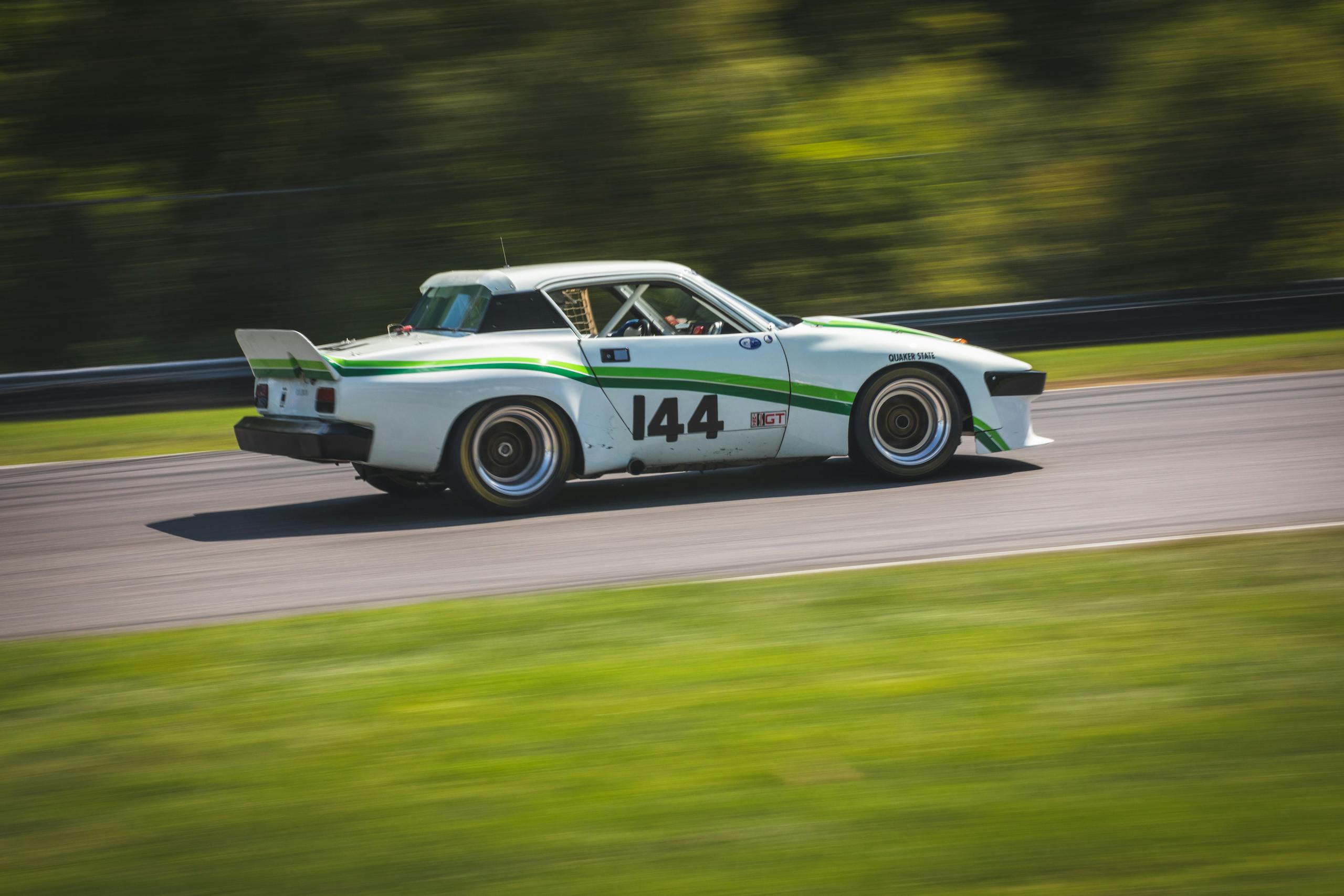
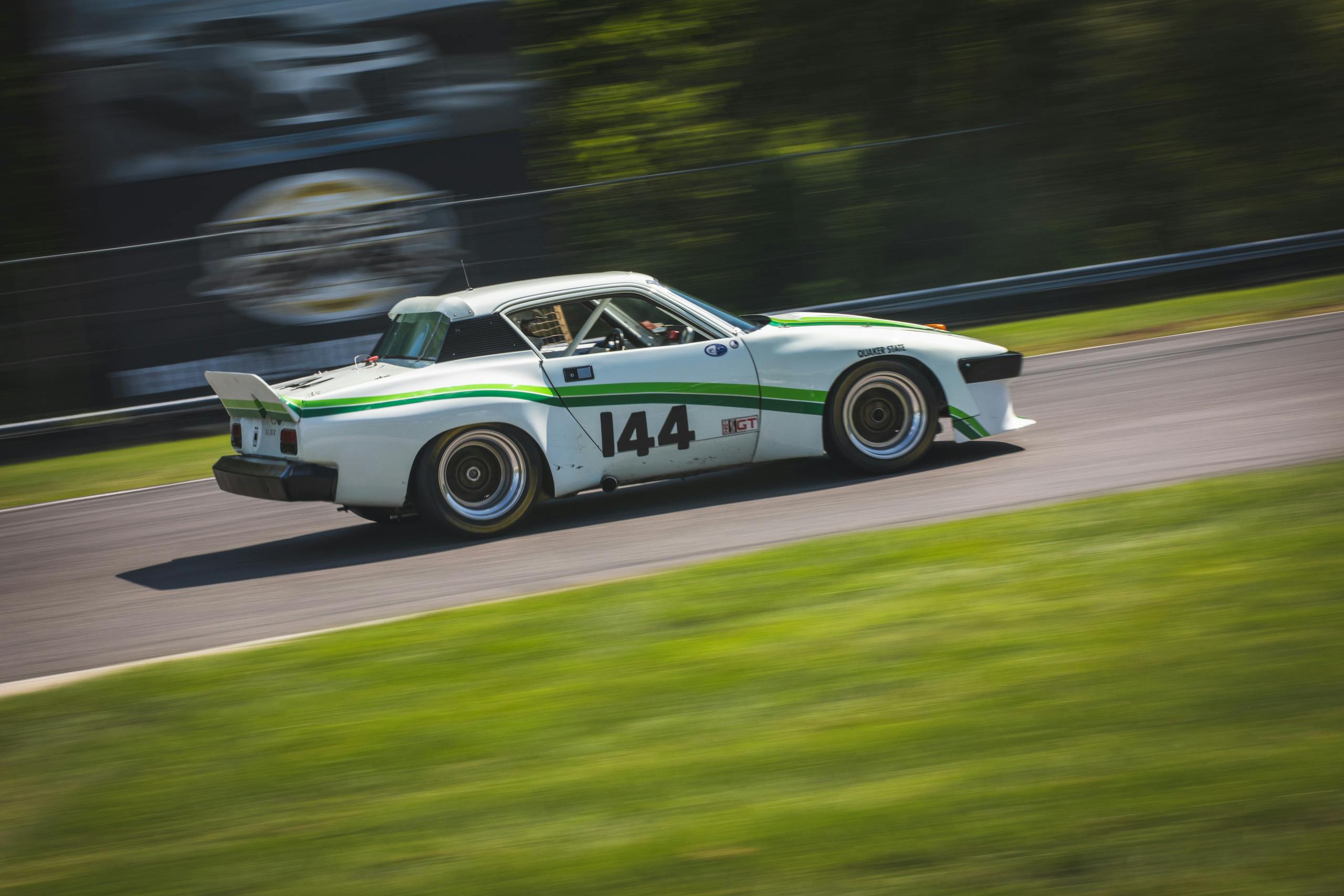
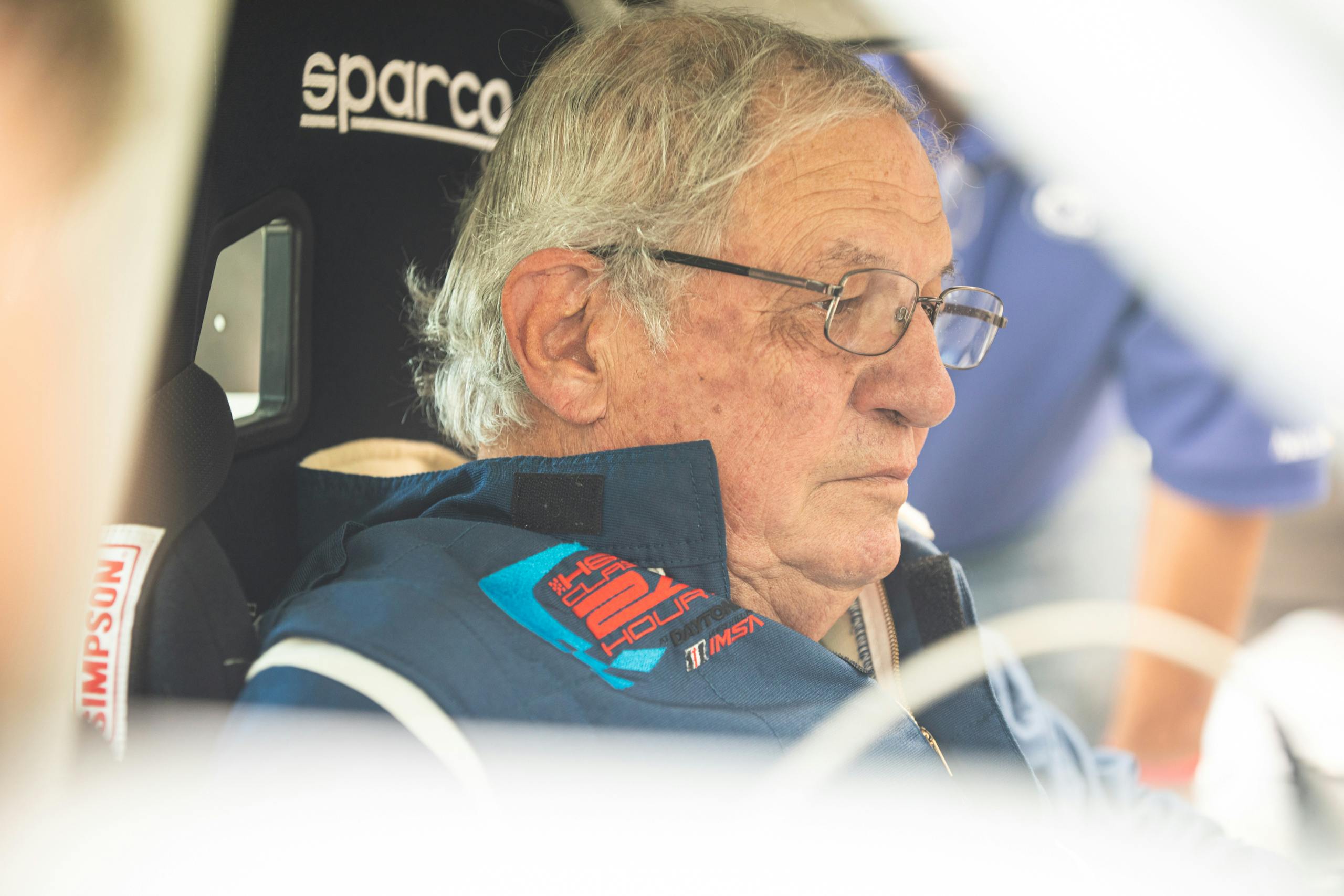
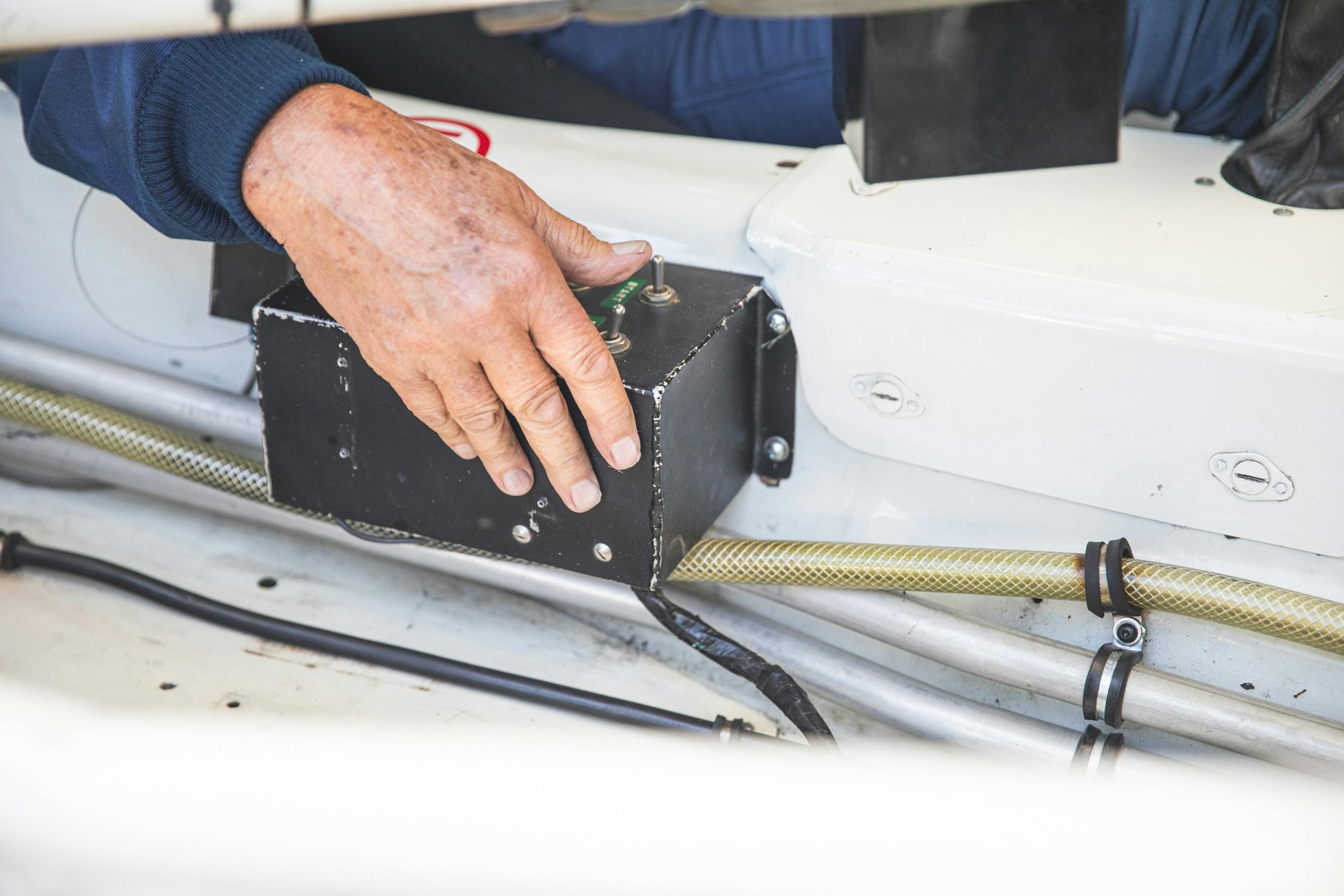
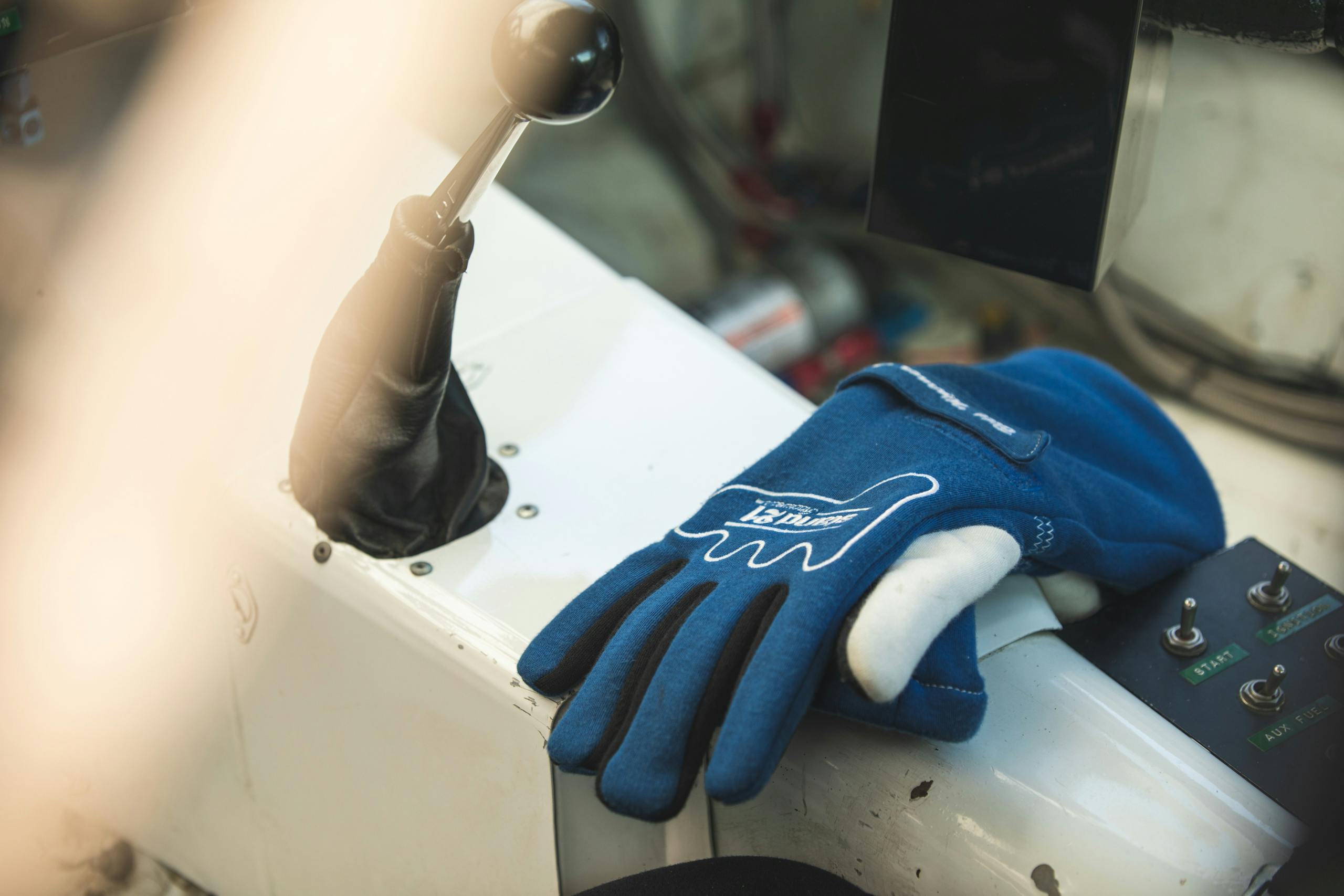


Hello,
I’m an italian collector of car racing photos and I would like to have, if possible, a direct e-mail address of the photographer Bill Warner in order to ask him if available some pics concerning the Daytona 24 hours race held in the seventies.
Many thanks in advance for reply.
Best from Italy.
Filippo